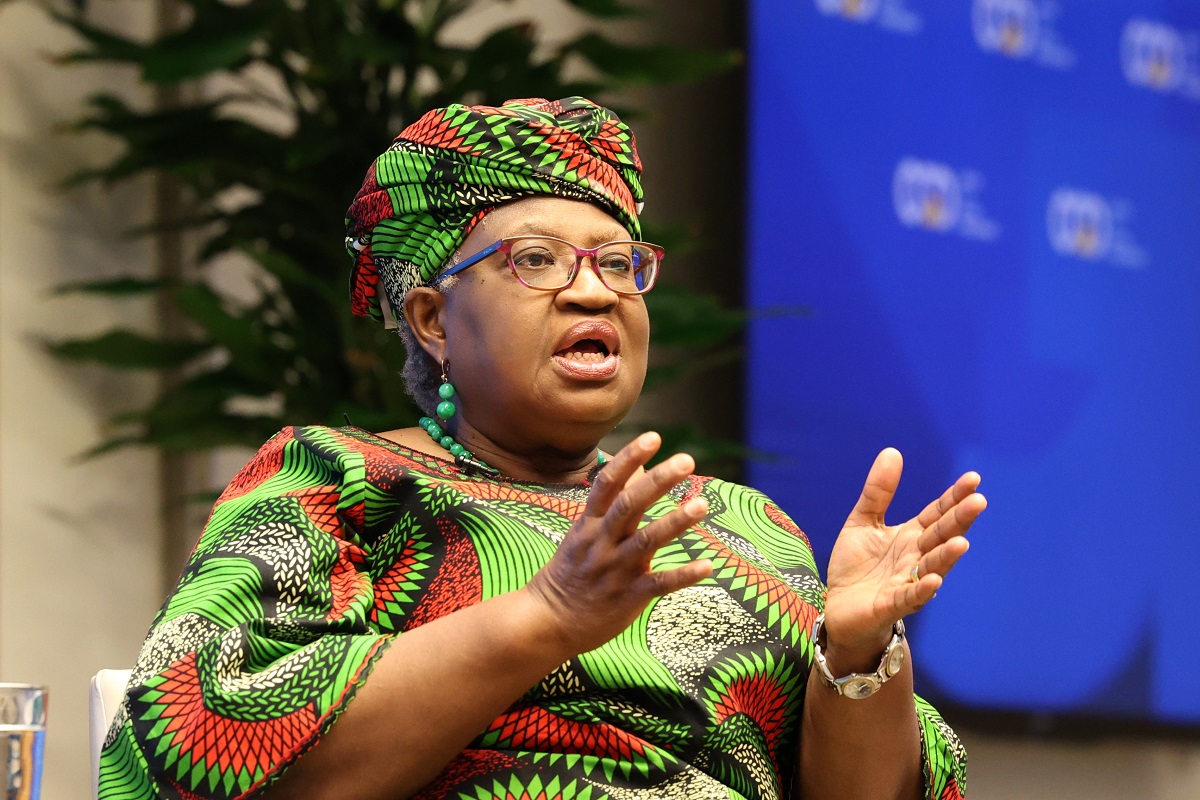August 26, 2010
This is a joint post with Molly Kinder.The United States and the international community have finally begun to open their wallets and provide humanitarian aid to help Pakistan’s flood victims, but that is just the beginning. To help Pakistan rebuild and create jobs for the millions displaced, the United States could do far more by fully opening its market to Pakistani exports.Last week, UN Secretary General Ban Ki Moon , Secretary Clinton, and other world leaders beseeched the international community to do more to help Pakistan cope with its catastrophic floods. With donor contributions initially trickling in at anemic levels, newspaper headlines questioned why the world seemed not to care about Pakistan’s humanitarian disaster. Under pressure, donors at last responded and the relief effort seems to have finally found its legs. By early this week, donor commitments had nearly quadrupled to $800 million.Yet despite this rise in charitable giving, Pakistan’s needs are nowhere near met. This week a team of donors from the ADB and World Bank are in Pakistan to assess the damage to Pakistan’s flood-affected regions. The price tag they will announce for the cost of rebuilding will be nothing short of staggering. The Wall Street Journal reports that the damage could reach $43 billion and could leave a “long term mark on the economy.” Nearly 2 million acres of crops have been damaged and economic growth could be slowed by as much as one or two percentage points. Cotton output is expected to shrink more than 15 percent, threatening Pakistan’s textile industry – one of Pakistan’s major sources of export income. Even if the U.S. repurposes the entire $1.5 billion in aid it had already committed to Pakistan’s development for this year, the future of Pakistan’s flood affected regions – and U.S. national security – will still hang in the balance.Given the mammoth rebuilding challenge in Pakistan, the economic losses, and the high stakes for U.S. interests, the United States should use every tool at its disposal to support a swift, effective recovery in Pakistan. Yet ironically, the single most powerful and inexpensive tool is precisely the one the United States has failed to leverage: fully opening its markets to Pakistan’s exports. Were Congress to step up and pass legislation to slash or eliminate tariffs for all Pakistani goods, including apparel and textiles, this would create jobs for those fleeing devastated homes in the countryside and looking for relief in the cities– at virtually no cost to American taxpayers, and without any risk of misspent funds and corruption.The New York Times captured well this win-win-win situation in an editorial last week, whose message we heartily applaud:
Reducing or eliminating tariffs costs the American taxpayer nothing, lowers consumer prices here and the benefits would flow directly into the Pakistani civilian economy where it is desperately needed.As the New York Times points out, the key for meaningful Congressional legislation is to include the Pakistani products that are actually competitive, especially textiles and apparel, a sector which employs some 3.5 million people and provides one of the few opportunities for women outside of agriculture.
Until now, textiles and apparel accounted for 60 percent of Pakistan’s total exports and 40 percent of its manufacturing jobs. The industry is sure to be staggered by the floods, which washed away 20 percent of the annual cotton crop and destroyed major power stations that supply electricity to factories. Reviving this industry is critical to Pakistan’s hopes for future stability and prosperity.Unfortunately, as the editorial notes and as one of us concluded in a recent CGD note, current trade legislation pending in Congress falls far short. The legislation, which would allow selected duty-free imports from the tribal regions in Pakistan, was purely symbolic even before the floods, because it excluded half of Pakistani products (especially clothing) and because of the lack of security and infrastructure in those areas. We agree with the Times, and the members of the CGD study group on a U.S. Development Strategy in Pakistan, that a serious response that is commensurate with U.S. national security interests in Pakistan and with the human tragedy occurring there requires fully opening the U.S. market to all exports from all parts of Pakistan. Doing so might increase Pakistani exports of textiles and apparel by 50 percent or more, rather than approximately zero as would be likely under the current legislation.Of course, when we mention this proposal, we often hear: “You’re right, that would be great, but the U.S. textile industry will never let that happen.” This is nonsense. Surely the over-riding U.S. national interest in Pakistan’s stability and growth should trump the imaginary concerns of lobbyists representing a tiny segment of the U.S. economy, whose interests will hardly be affected by this important legislation. U.S. imports of textiles and apparel from Pakistan are only 3 percent of the total and do not compete directly with U.S. producers. We therefore agree with the New York Times that while “American companies, and their Congressional supporters, will scream at easing tariffs….they should not be allowed to trump America’s national security interest.”Doing the right thing in this case would be a big boost in helping Pakistan recover, with little or no cost to American taxpayers, to workers, or to the budget deficit. The right question then is not why should the United States open its markets to Pakistan. Rather, the burning question to Congress and the administration is: how could the United States not?
Disclaimer
CGD blog posts reflect the views of the authors, drawing on prior research and experience in their areas of expertise. CGD is a nonpartisan, independent organization and does not take institutional positions.





